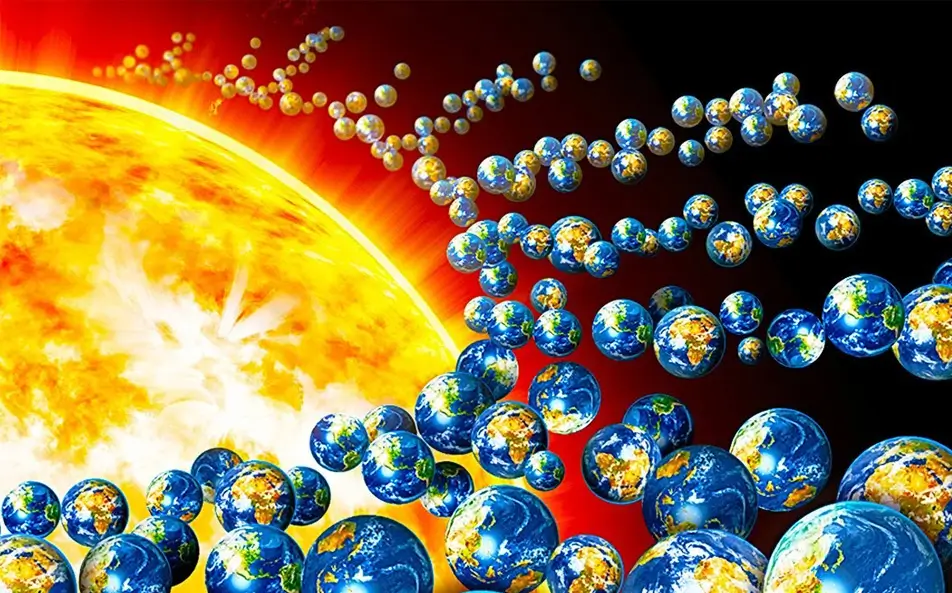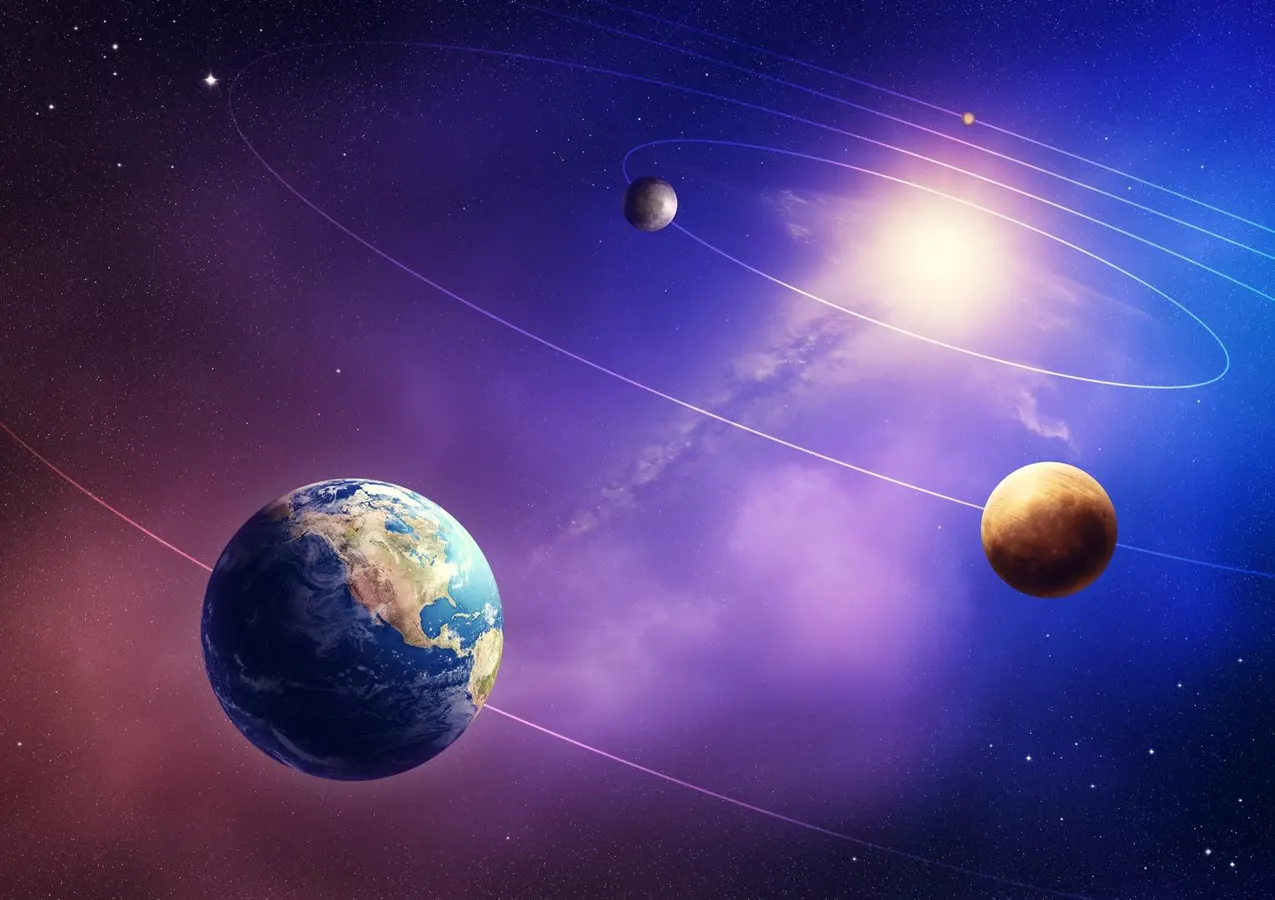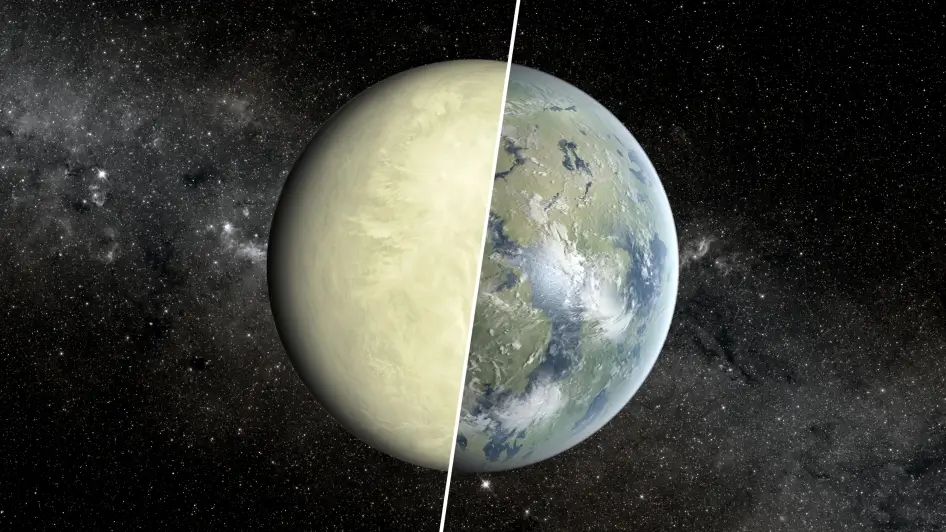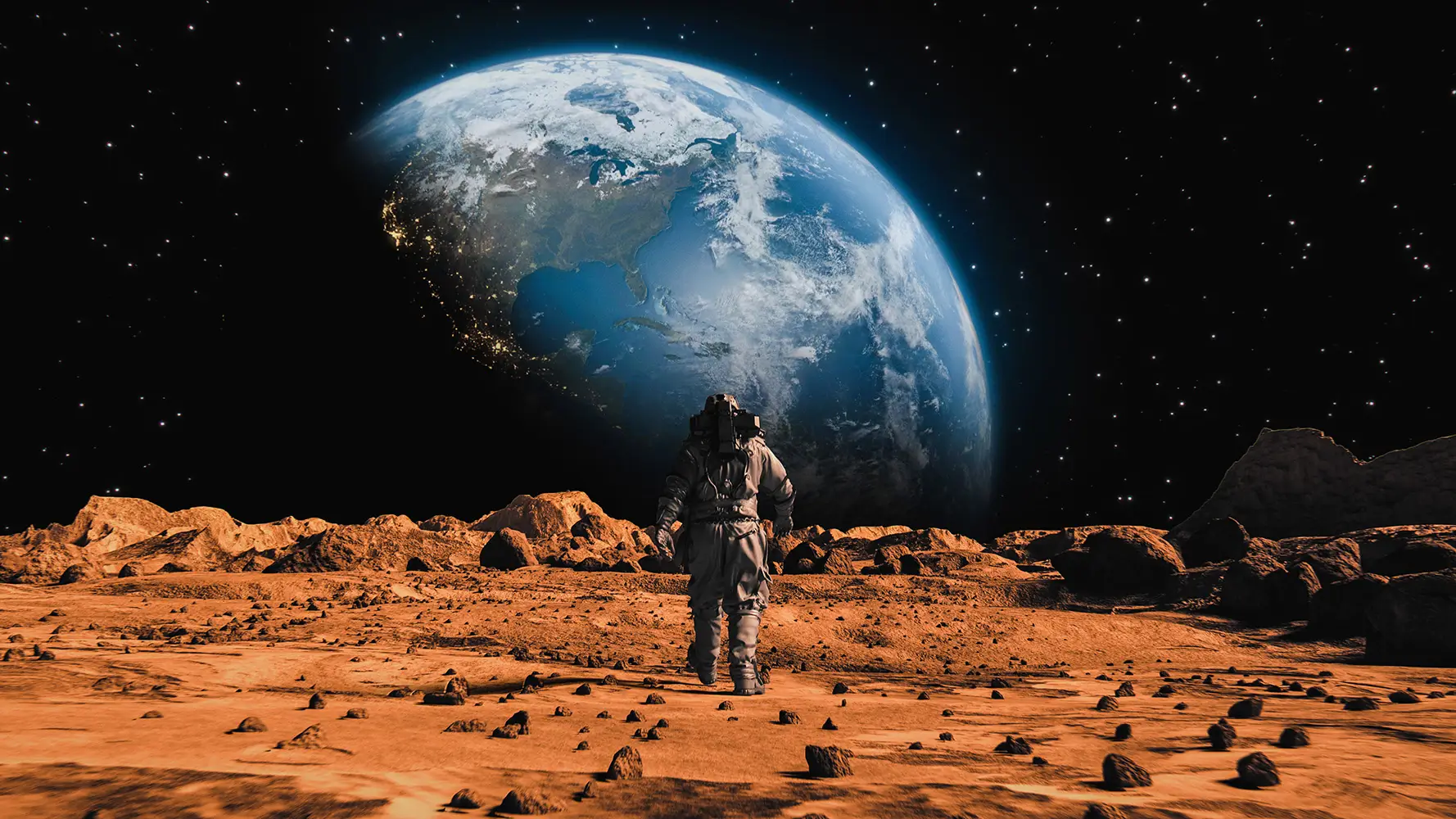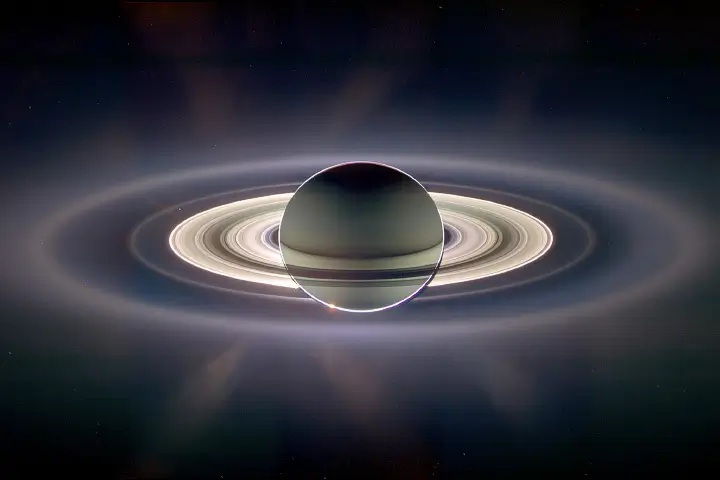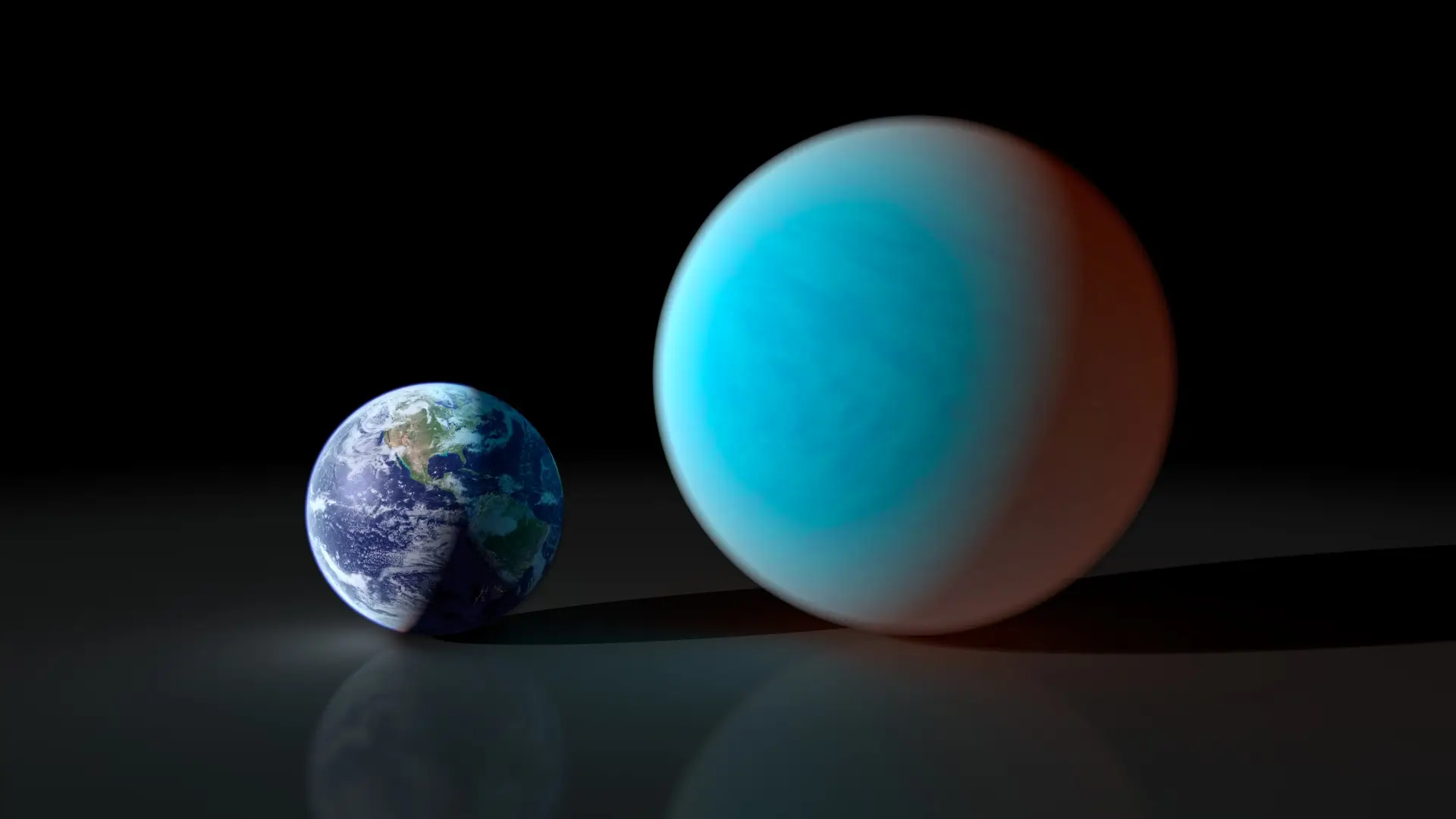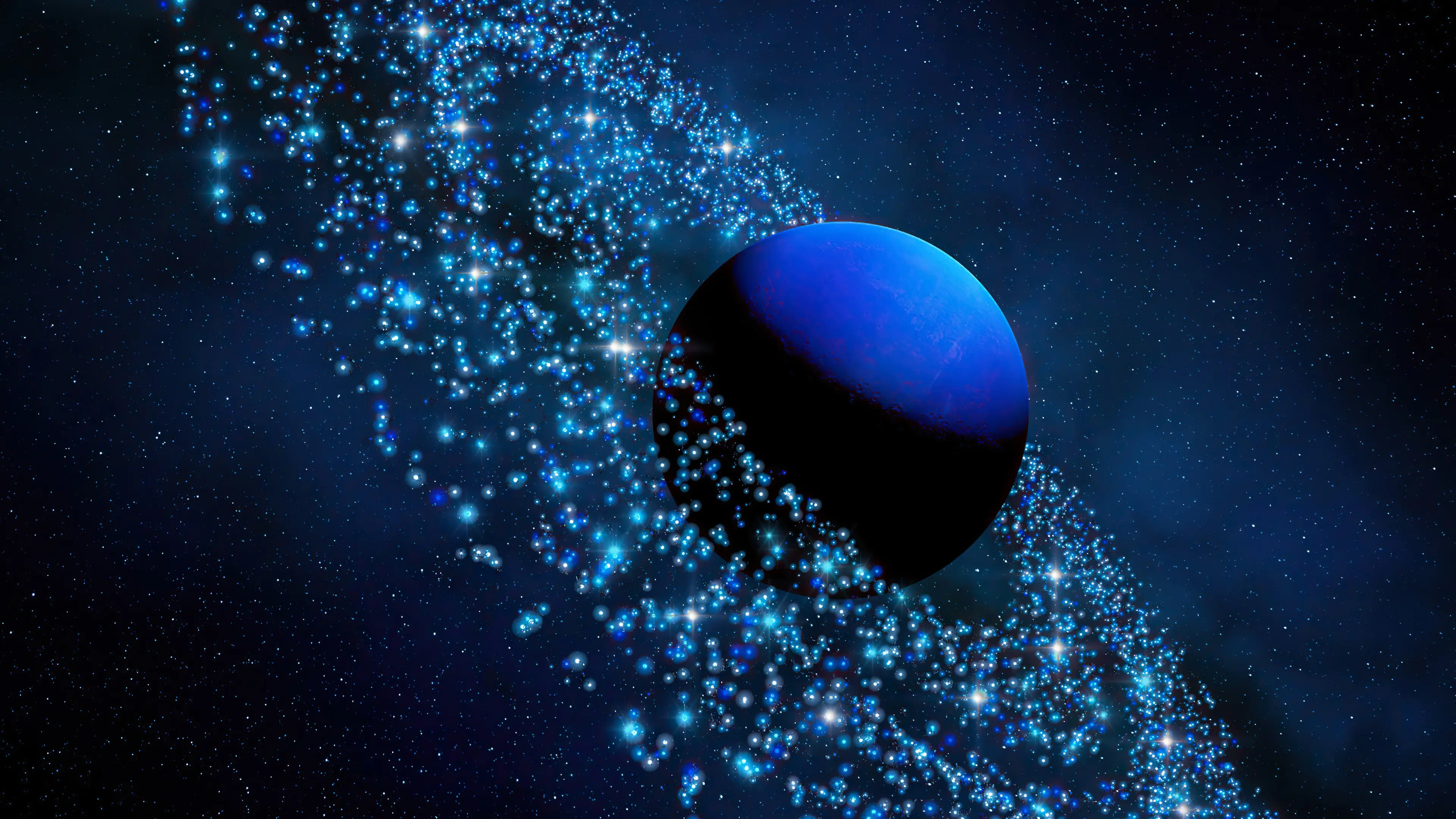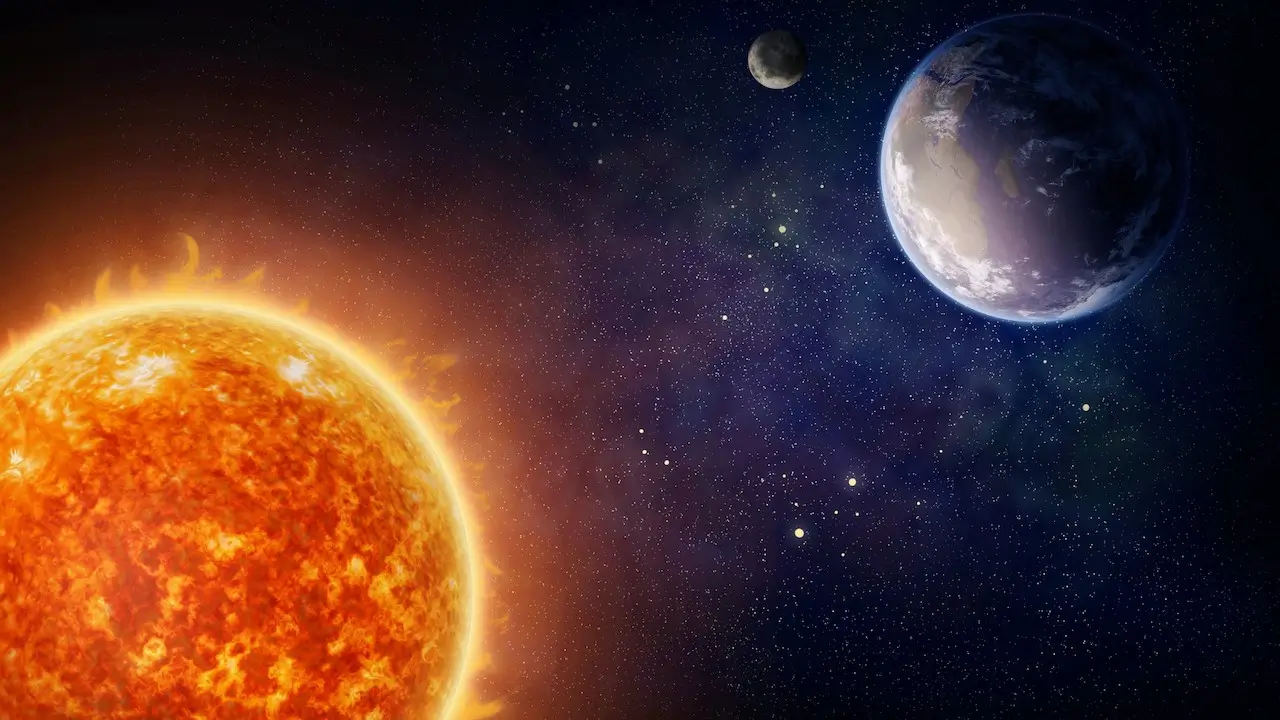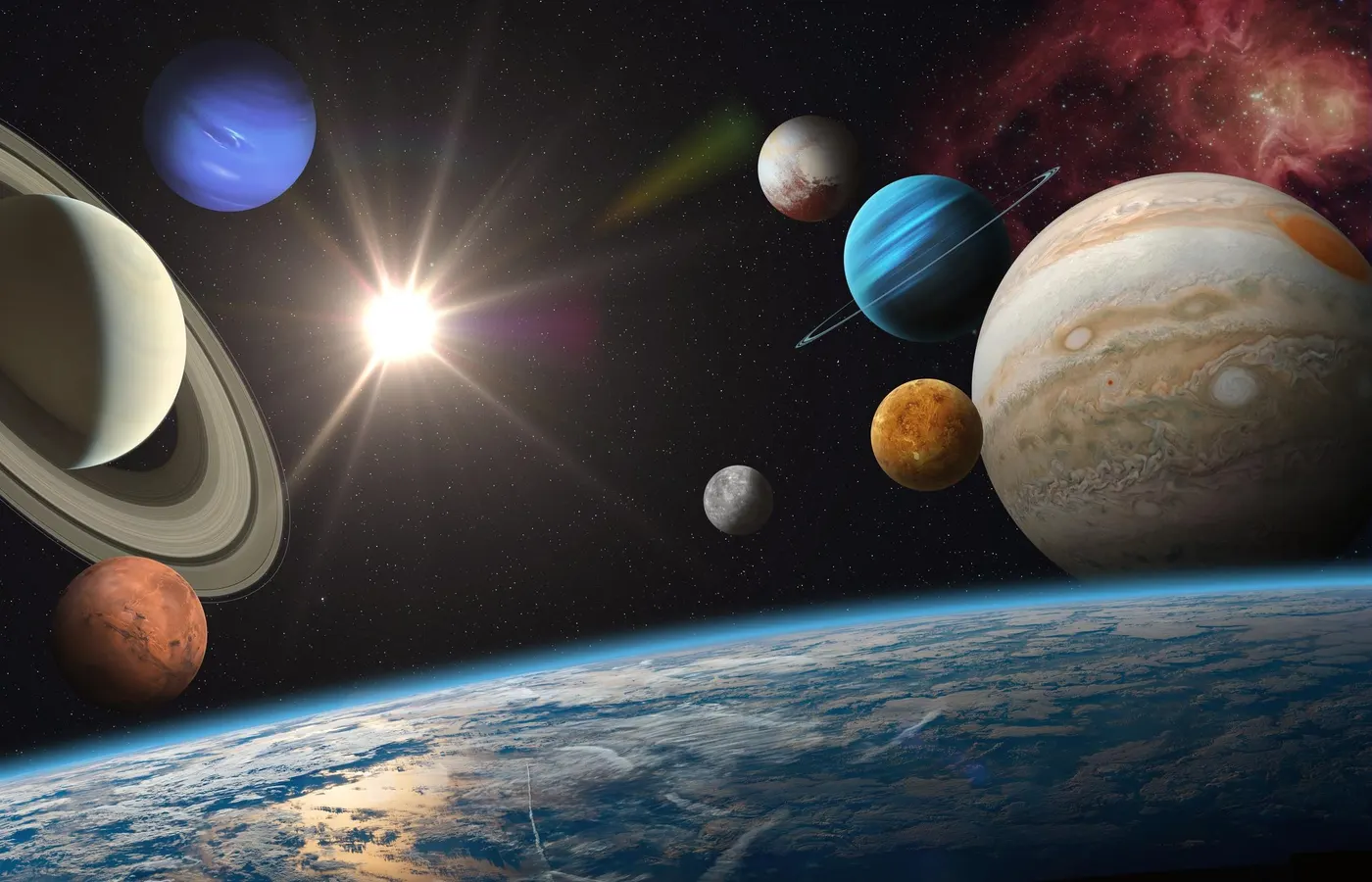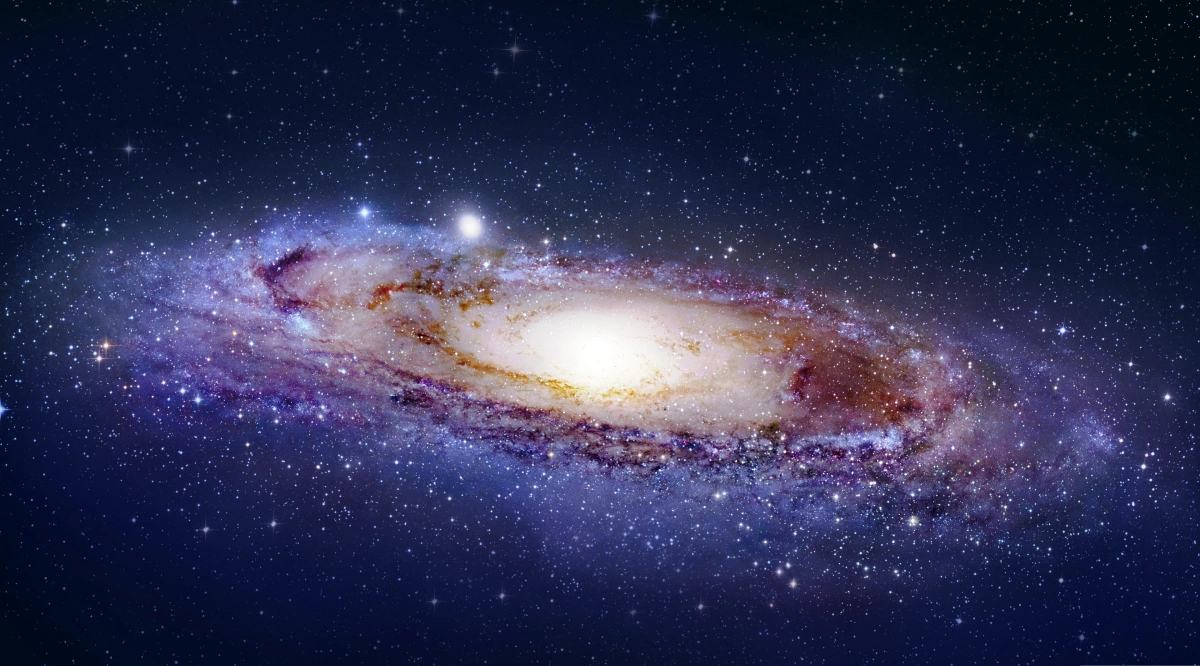
The United Indian

Have you ever wondered how many Earths could fit into the vastness of our solar system? Our solar system, comprised of the Sun and eight planets, is a cosmic marvel with each celestial body boasting its own unique characteristics and size. From the massive girth of Jupiter to the diminutive stature of Mercury, each planet offers a distinct perspective on the scale of our universe. So, let's embark on a journey through our solar system to explore just how many Earths could fit within the confines of each planet and even our mighty Sun.
1. Mercury: As the closest planet to the Sun, Mercury is a scorching world with a surface temperature that can reach a blistering 800 degrees Fahrenheit (427 degrees Celsius). Despite its proximity to our star, Mercury is surprisingly small, with a diameter of approximately 4,880 kilometers (3,032 miles). So, how many Earths could fit into Mercury? About 0.38 Earths would snugly fit within the boundaries of this rocky, cratered planet.
2. Venus: Venus, often referred to as Earth's "sister planet" due to its similar size and composition, is a sweltering world shrouded in thick clouds of sulfuric acid. With a diameter of approximately 12,104 kilometers (7,521 miles), Venus is almost the same size as Earth. However, its dense atmosphere and extreme temperatures make it inhospitable to life as we know it. Approximately 0.95 Earths could fit within Venus's circumference.
3. Mars: Mars, often called the "Red Planet" due to its rusty hue, has long captured the imagination of astronomers and science fiction enthusiasts alike. With a diameter of approximately 6,779 kilometers (4,212 miles), Mars is about half the size of Earth. Despite its smaller stature, Mars boasts a diverse landscape that includes towering volcanoes, vast canyons, and dry riverbeds. Roughly 0.53 Earths could fit into Mars's dimensions.
4. Jupiter: Jupiter, the largest planet in our solar system, is a gas giant with no solid surface to stand on. With a diameter of approximately 139,822 kilometers (86,881 miles), Jupiter dwarfs all other planets. Its immense size means that you could fit a whopping 1,321 Earths inside Jupiter's voluminous bulk.
5. Saturn: Saturn, famous for its stunning rings, is the second-largest planet in our solar system. With a diameter of approximately 116,464 kilometers (72,367 miles), Saturn is almost as large as Jupiter but less dense. If you were to stack Earths within the confines of Saturn, you could fit around 764 Earths.
6. Uranus: Uranus, the seventh planet from the Sun, is an ice giant with a diameter of approximately 50,724 kilometers (31,518 miles). Despite its considerable size, Uranus is often overshadowed by its larger siblings, Jupiter and Saturn. Around 63 Earths could fit into Uranus's dimensions.
7. Neptune: Neptune, the eighth and farthest planet from the Sun, is another ice giant in our solar system. With a diameter of approximately 49,244 kilometers (30,598 miles), Neptune is slightly smaller than Uranus but still substantial in size. Approximately 62 Earths could fit within Neptune's boundaries.
The Sun: Last but certainly not least, we have our Sun, the radiant star at the center of our solar system. With a diameter of approximately 1,391,000 kilometers (864,000 miles), the Sun is by far the largest object in our solar system. Its immense size means that you could fit approximately 1.3 million Earths side by side within the Sun's expansive sphere.
Beyond the Numbers: A Universe of Possibilities
Our cosmic packing expedition has revealed the vast disparity in size within our solar system. The Sun reigns supreme in terms of volume, followed by the gas giants – Jupiter and Saturn. Even the icy giants, Uranus and Neptune, hold a surprising amount of space compared to our home planet, Earth. The terrestrial planets, while much smaller, still offer unique environments with the potential to harbor life, as in the case of Mars.
But the story doesn't end with numbers. Each planet we've explored presents a unique world with its own mysteries and potential. Jupiter's swirling storms and the dance of its moons hint at a complex and dynamic atmosphere. Saturn's breathtaking rings and icy moons hold secrets about the formation of our solar system. The ice giants, shrouded in their methane hazes, offer a glimpse into a frigid and exotic world.
Closer to home, the question of life on Mars continues to intrigue us. Its rusty red surface and ancient riverbeds suggest a watery past, and the potential for microbial life hidden underground is a subject of ongoing exploration. Venus, shrouded in its thick atmosphere, might hold clues to runaway greenhouse effects and the importance of a planet's magnetic field.
Our cosmic packing expedition has not only revealed the vastness of space but also the diversity of celestial bodies within our solar system. Each planet, from the scorching inferno of Venus to the frigid expanse of Neptune, is a unique piece of the cosmic puzzle. As we continue to explore our solar system with ever-more sophisticated technology, we can unravel the mysteries these worlds hold and gain a deeper understanding of our place in the universe.
Here are some additional thoughts to ponder:
The Sun: A Nuclear Powerhouse. The Sun's immense size is not just about volume; it's also a reflection of its incredible mass and the ongoing process of nuclear fusion at its core. Understanding the Sun's internal workings is crucial for predicting its behavior and its impact on Earth's climate.
The Potential for Habitable Worlds. While most planets in our solar system are not hospitable to life as we know it, the ongoing discovery of exoplanets – planets orbiting stars beyond our sun – opens up exciting possibilities. Could there be Earth-like planets out there that could support life?
The Future of Space Exploration. As our technological capabilities grow, so does our ability to explore the solar system and beyond. Missions to Mars, probes exploring the Venusian atmosphere, and studies of the icy moons of Jupiter and Saturn are just the beginning. The future of space exploration promises to be filled with wonder and discovery.
So, the next time you gaze up at the night sky, remember that the vastness above is not just an empty canvas of stars. It's a cosmic playground teeming with diverse worlds, each with its own story to tell. In conclusion, our solar system is a vast and wondrous place, with each planet offering its own unique characteristics and mysteries. From the scorching surface of Mercury to the icy depths of Neptune, the diversity of our cosmic neighborhood never fails to inspire awe and wonder. And while we may never physically travel to these distant worlds, the exploration of our solar system continues to expand our understanding of the universe and our place within it. Our cosmic packing expedition might be over, but the journey of exploration in our amazing solar system has just begun!
Read more in Technology
Jul 10, 2025
TUI Staff
Jul 01, 2025
TUI Staff

Stay Tuned with The United Indian!
Our news blog is dedicated to sharing valuable and pertinent content for Indian citizens. Our blog news covering a wide range of categories including technology, environment, government & economy ensures that you stay informed about the topics that matter most. Follow The United Indian to never miss out on the latest trending news in India.
©The United Indian 2024

